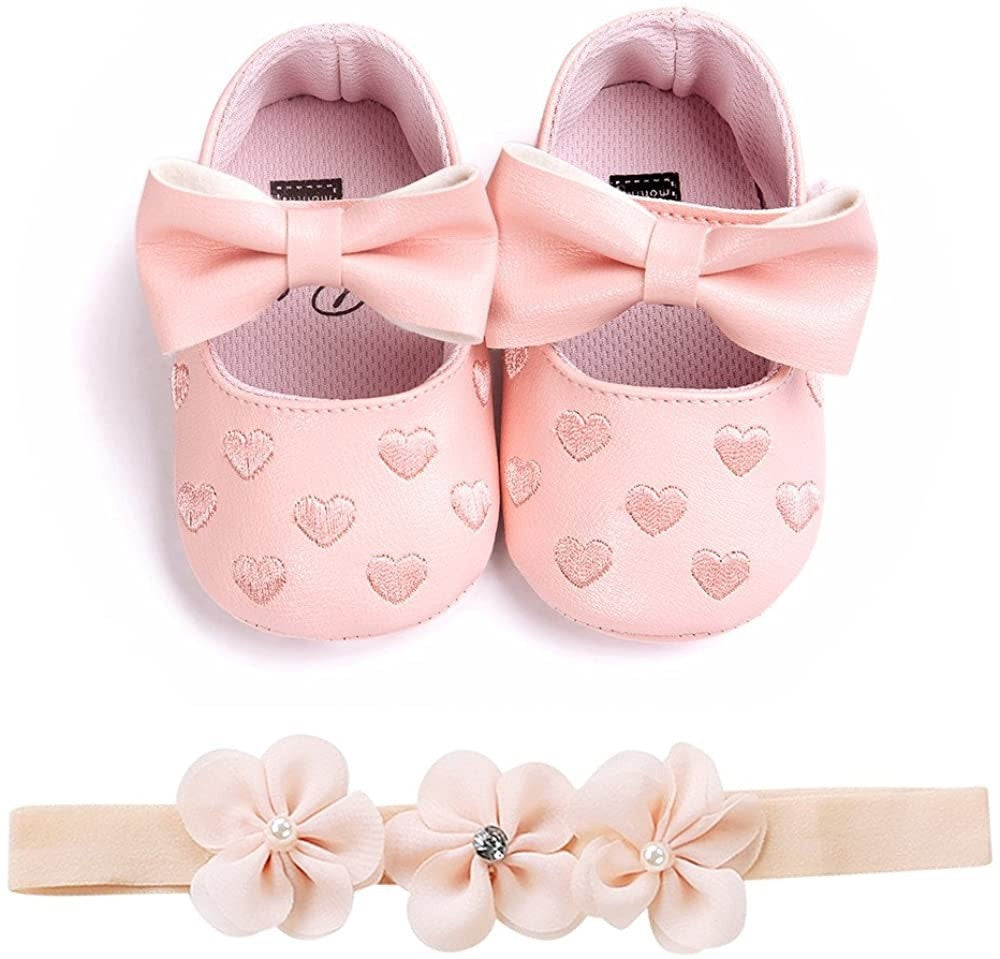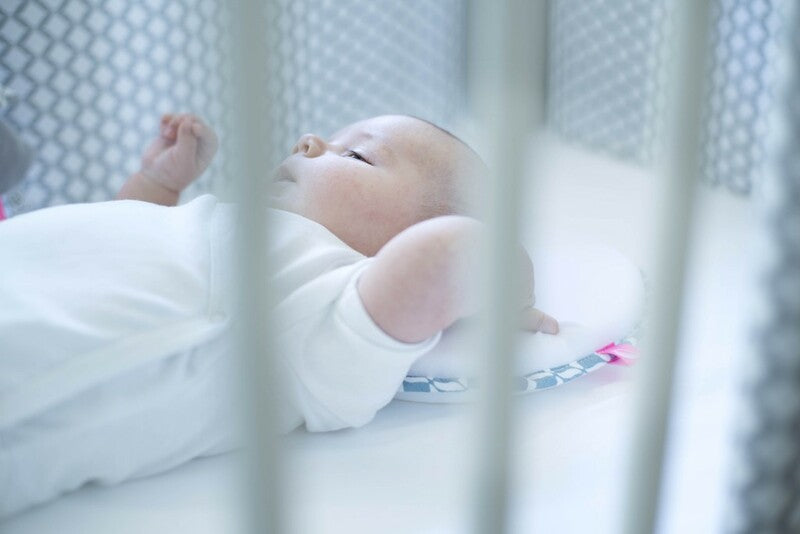First steps shoes: how to choose the right ones
First steps shoes are important: let's try to understand which ones to choose, what size and when to make the child wear them
In the first months of life, the baby's foot is only partially ossified and is exposed to all constraints, even the lightest ones, such as the positions that the baby assumes during sleep. It is therefore good to leave the foot as free as possible, minimizing the use of socks and shoes, which in any case must never be constricting. A good percentage of children start walking between twelve and fourteen months but this time indication, as well as the indication of the age in which these phases occur, is not to be considered a general rule because every child "walks this path" in a way different.
First step shoes
Learning to walk is an achievement that every child reaches gradually and with very personal times and methods.The choice of first step shoes is very important but can be postponed at least until the child begins to crawl.
First steps shoes, when to put them on
When the shoe is necessary, it must be a suitable shoe, that is, designed in a particular way. In this case it is good to choose very soft and elastic shoes, which do not stiffen the foot in the walking position, but instead facilitate the support of the foot on the upper rather than on the sole (this is the position that the foot assumes when the child crawls).
Shoes must also allow the child the first attempts on his feet and the first steps, without unbalancing him and without weighing him down. For this reason, the sole must be very flexible and preferably with non-slip blocks , to help the child find the right balance when he tries his first steps. The rear extension of the sole serves to protect against impacts and ensures greater stability.
Around the year, but some even earlier, so the child begins to stand up, finding grips everywhere: the sofa, chairs, bed, mom and dad's legs become valid points of support. Conquered the upright position begins to move laterally always clinging to the supports. Reached this goal, the child will soon try to take the first steps without any support. The first "walks" are very funny because to balance the child puts the duck's feet, the arms extended forward and the tummy outwards. When the baby starts walking around the house it is good to eliminate dangerous objects and everything that can represent an obstacle to his passage even if this probably will not spare the baby the inevitable series of falls to which not all mothers can immediately get used to. Although it is not always easy, it is important not to be too scared when there are the first bad tumbles because the child needs to be encouraged to gain self-confidence.
In this phase the feet begin to form the "vault": the arch of the foot is formed thanks to the weight of the body and the work that the muscles of the sole of the foot must perform to respond to all the stresses. It is therefore very important to allow the child to frolic freely as much as possible with bare feet.
How should shoes be the first steps
When they become necessary, it is essential to choose shoes well because they can determine a greater or lesser freedom of movement in the joints of the sole of the foot.
The first steps shoes must be soft, comfortable, with elastic and breathable soles: they must not "cast" the foot, but protect it from external elements without depriving it of the possibility of movement and stress.
The right proportion between heel and sole helps the child to keep a correct position and facilitates him in the first steps. The fit is an essential element to get the right comfort from a shoe. A shoe that is too large does not support the foot sufficiently, while one that is too small hinders its growth. The sole must be very flexible and with non-slip knobs that help the child to maintain the right balance when walking.
Here are some elements to pay attention to when choosing your first steps shoes:
· The best time to buy shoes is in the afternoon when the foot is swollen.
· Under no circumstances must the shoe have incorporated any type of "corrective insole": only the doctor will be able to detect any malformations and prescribe the necessary corrections.
Height should not go beyond the ankle to allow free articulation of the ankle.
· To choose the right size it must be borne in mind that the fingers must have a space of at least 5-6 mm in front to be able to move freely.
· You should never buy shoes that are too big, thinking that they will last longer.
Since children's feet grow at a very high speed it is advisable to frequently check that by pressing lightly against the toe of the shoe.
The front part of the shoe must be flexible, so that the simple pressure of the hand is sufficient to bend it 90 °, while in the back a sturdy buttress is useful that stabilizes the heel and prevents the risk of lateral twisting.
· Check the baby's gait by checking for deviations of the knee from the longitudinal axis and report any anomalies to the pediatrician.
· Towards 3-4 years of age, carry out a complete orthopedic and podiatry examination.






Leave a comment